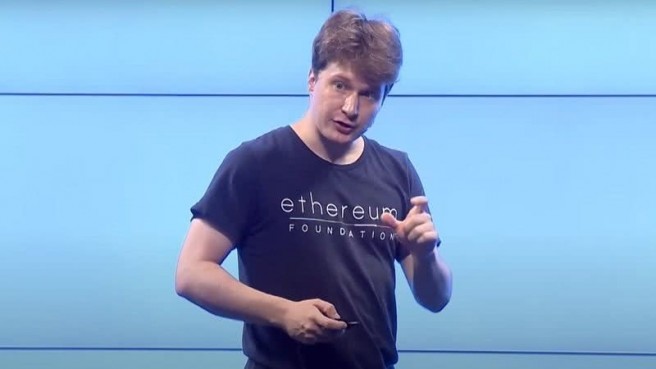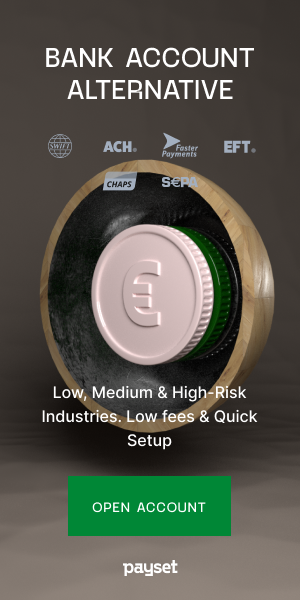Ethereum (ETH) price
- ETH - USD (United States Dollar)
- ETH - EUR (Euro)
- ETH - GBP (British Pound Sterling)
- ETH - RUB (Russian Ruble)
Market cap
£264,875,850,810
139,973,993 ETH
Volume (24H)
£12,273,996,815
6,486,210 ETH
Day's range
£1,859.29 - £1,903.10
0.03388698 BTC - 0.03468555 BTC
Last trade
0.17040000 ETH
binance £317.91
Open price (24h)
£1,881.79
52 Weeks. Low - High
£1,512.61 - £2,963.93
Supply
120,091,641 ETH
Max supply
Not available
Open/Close in UTC time
| Date | Close Price | Open price | Volume (24H) | Market Cap | Day's range |
|---|---|---|---|---|---|
Jun 08, 2025 |
£1,879.53 |
£1,888.96 |
£12,273,996,815 310,864 ETH |
£264,875,850,810 |
£1,870.47
£1,903.38
£1,879.53
|
Jun 09, 2025 |
£1,979.70 |
£1,879.53 |
£12,273,996,815 613,092 ETH |
£264,875,850,810 |
£1,855.34
£1,988.17
£1,979.70
|
Jun 10, 2025 |
£2,072.68 |
£1,979.70 |
£12,273,996,815 1,182,814 ETH |
£264,875,850,810 |
£1,962.57
£2,078.16
£2,072.68
|
Jun 11, 2025 |
£2,041.63 |
£2,072.68 |
£12,273,996,815 894,602 ETH |
£264,875,850,810 |
£2,024.06
£2,116.13
£2,041.63
|
Jun 12, 2025 |
£1,953.91 |
£2,041.63 |
£12,273,996,815 743,423 ETH |
£264,875,850,810 |
£1,937.10
£2,050.21
£1,953.91
|
Jun 13, 2025 |
£1,904.16 |
£1,953.91 |
£12,273,996,815 1,246,973 ETH |
£264,875,850,810 |
£1,811.42
£1,953.91
£1,904.16
|
Jun 14, 2025 |
£1,887.84 |
£1,904.16 |
£12,273,996,815 375,813 ETH |
£264,875,850,810 |
£1,859.29
£1,904.47
£1,887.84
|
What is Ethereum?
Ethereum is a decentralized platform based on Blockchain technology that allows developers to develop software that runs on multiple computers within a network. The platform is designed to run without any downtime, fraud, or any third party in the driver’s seat.
Ethereum can also be understood as a programming language, running on Blockchain and designed to enable developers to come up with applications that run on multiple systems simultaneously for a single task. This is how it differs from Bitcoin.
Contrary to common perception, Bitcoin and Ethereum are two different things. Bitcoin offers one particular application of Blockchain, which is a peer-to-peer electronic cash system that enables online payments. Ethereum, on the other hand, is focused on running a programming code capable of running any decentralized application that participating programmers may develop.
Bitcoin threatens to disrupt online payment systems such as PayPal and online banking. Ethereum, on the other hand, uses Blockchain technology to achieve a potentially more disruptive change: to replace all manner of third-party internet servers storing data of any kind, not just those that track complex financial transactions.
History of Ethereum
Ethereum first came to light in 2013 in a white paper written by programmer Vitalik Buterin. In the paper, the programmer argued that Bitcoin needed a programming language that supports scripts for application development--not just digital payments. The idea behind such a programming language is that it would automate the execution of tasks and contracts, which in turn could be executed in succession by a human operator without the need of an intermediary.
Formal development of Ethereum software began in 2014 through Swiss company Ethereum Switzerland GmbH. Since its launch in 2015, Ethereum has undergone several upgrades commonly referred to as milestones. The upgrades have significantly affected the underlying functionality and incentive structure leading to improvements in transaction processing as well as security.
How Ethereum Works
In essence, Ethereum is a public database that keeps a permanent record of all digital transactions that occur on it. However, unlike other databases, it does not require any central authority for maintenance, storage, or security. Instead, it is a trustless transactional system providing individuals with a framework for making peer-to-peer transactions without having to rely on a third party.
Personal data passwords and financial information are normally stored in clouds and servers owned by the likes of Amazon, Facebook, and Google. These companies are tasked with the responsibility of deploying teams of specialists to help store and secure the data. Amidst the security measures, the systems are always at risk of being hacked. Reports that governments at times gain access to information stored in the system has also not gone well with people.
Ethereum wants to be the ‘world computer’ that will do away with the deficiencies of having to rely on third parties to store personal data. With the digital platform, thousands and thousands of ‘nodes’, run by volunteers from across the world replace servers and clouds.
How to Mine Ethereum
Ether is the digital currency behind Ethereum Blockchain. To own it, you can either buy it on the open market or ‘mine’ it by using computer power to validate and confirm transactions. Miners set computers to solve cryptographic (math) puzzles in an attempt to win an Ether. The process involves trying a huge number of computational problems for unlocking a new batch asset.
The reward for each correct answer to a cryptographic puzzle is usually 5 Ether per block. To be able to engage in the business of solving the complex puzzles, one needs a special computer hardware commonly referred to as CPUs and GPUs
GPUs come with a higher hashrate which allows them to guess answers to computational problems more quickly.
Price Volatility of Ethereum
Ethereum is by far the second most popular cryptocurrency after Bitcoin. The price of Ethereum network’s native token has increased by more than 5,000% this year. Its market cap has also increased from $700 million to more than $45 billion in 2017.
Ethereum’s market cap has mostly grown because of the exponential growth of the Initial Coin Offering market. Ethereum developers working round the clock to implement new technologies for improving the network has also had a direct impact on the rise in Ethereum price.
A recent hard fork that led to the integration of Zcash’s ZK-SNARK’s to enable the processing of private or anonymous transactions on Ethereum network is one of the projects that has catapulted the digital currency to record highs.
Increased volatility around cryptocurrencies means Ethereum price is changing rapidly. The fact that Ethereum processes more transactions than all the cryptocurrencies combined should lead to a further increase in the overall value.











